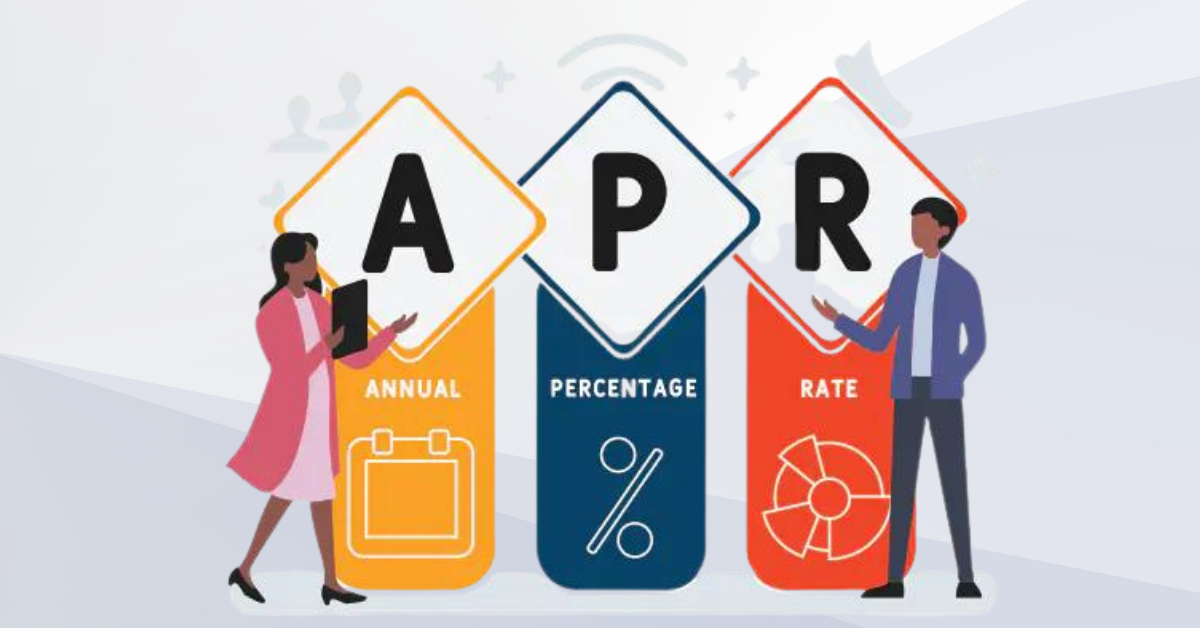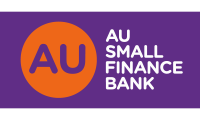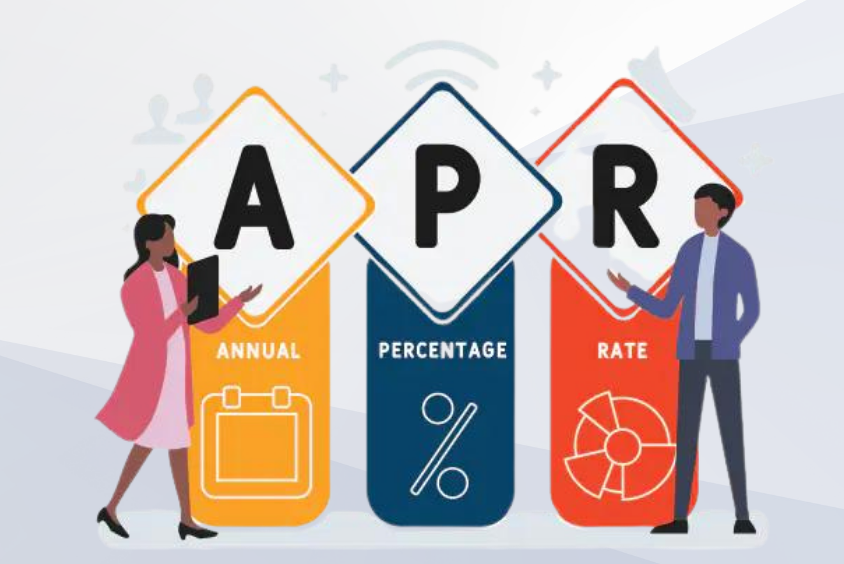The Annual Percentage Rate, also known as the Annual Interest Rate, of a credit card is the annualized rate of interest that is charged on the extended credit by the card issuers. It can also be understood as the charges that a cardholder owes to the issuer for carrying balances after the due dates. A responsible cardholder who always pays the credit card bills not time and in full will never need to pay any interest charges or what we call the APR. It is a very important component of a credit card that every cardholder should be aware of.

Many individuals get a credit card but are not even aware of the term APR. It is one of the biggest mistakes a credit card holder can do. Even if you are fully confident that you can pay bills on time and you won’t need to pay APR ever, it is essential to check all the charges along with the interest rate. It is because emergency situations don’t come with planning and hence you can make large purchases that are too much to pay all at once. To avoid high-interest rates in such situations, it is good to check the APR associated with a credit card before you get it and try getting a low-interest rate credit card. In this article, we will discuss what APR is and all other essential information about it. Keep reading:
Definition – Annual Percentage Rate
The annual Percentage rate (APR) is the annualized interest rate that is charged on a credit card account for carrying a balance from month to month. It can be different with different cards and may also vary on the basis of transactions. For example, for transactions like cash advances, the APR is generally higher than that for retail transactions. The APR or the annual interest rate is the most important component of a credit card and it is necessary for every cardholder to be aware of the same from the very beginning of their credit journey.
How is APR Calculated?
Though most credit card issuers set monthly and annual interest rates for their credit cards. But, some also specify the daily interest rate, also known as Daily Percentage Rate (DPR) as there is a bit difference between the number of days of several months. The Annual Percentage Rate (APR) of a credit card is simply calculated by multiplying this DPR by the number of days in a particular year (i.e. 365 or 366). Similarly, the monthly interest rate or the interest rate in a billing cycle is calculated by multiplying the number of days in a billing cycle by this Daily Percentage Rate. So, if you keep on carrying a balance on your credit card throughout the year, the interest keeps accruing on it and the amount becomes really high and unmanageable sometimes.
Different Types of APR
The APR may vary for different types of transactions you make with your credit card. Following are some of the most popular and important types of APR that you must be aware of as a credit cardholder:
Introductory APR: Many card issuers offer a lower interest rate (or lower APR) as an introductory offer to their credit cardholders. For example, if you have recently got a credit card with zero or low introductory APR, it means that you will be charged a lower interest or no interest at all for a limited time period (which will be specified in the MITC of your credit card). These types of introductory offers are valid for retail transactions and balance transfers as well and that is why it is considered a good idea to transfer a balance to a credit card with zero introductory APR.
APR on Credit Card Purchases: It is the general interest rate that is charged on all purchases or transactions (except for a few like cash advance transactions). It is generally 3 to 3.5% per month.
Cash Advance APR: Cash Advance APR is the annual interest rate that is applicable on cash withdrawals that have been made using a credit card. If you are a credit card user, you might be aware of the fact that it is not a good idea to withdraw cash using your credit card because it invites unnecessary charges, and also, you don’t get an interest-free period for such transactions. Some card issuers charge a higher interest rate on cash advances and this particular APR charged on cash withdrawals is called Cash Advance APR.
Penalty APR: Penalty APR is the annual interest rate charged on returned or missed payments. Generally, credit card payments are returned when the account from which the amount has to be deducted doesn’t have sufficient balance in it. Payments that are late for more than 60 days invite the Penalty APR, which is not only applicable on your outstanding balance, but on your current balance as well.
How To Avoid Paying APR?
The best way to avoid paying APR is to pay your credit card bills always on time and in full. Many people are not even aware of the fact that credit card interest rates can be avoided. They have some misconception that credit cards are directly proportional to debt traps as one necessarily needs to pay high-interest rates. But, this is not true at all. A credit card user who is wise enough to use his/her card responsibly can easily avoid paying the APR by making on-time payments.
Your card issuers also provide you with an Interest-free period during which no interest is charged on your card’s outstanding balance, but if you fail to pay your bills even after this, the interest will start accruing on your account. Moreover, some transactions like cash advances are not eligible for the interest-free period and hence you should try to avoid such transactions. It is because the interest starts accruing from the very next day in these transactions.
Bottom Line
Credit Card APR is the main source of the earnings of credit card issuers, but they don’t impose these interest charges on each and every individual. The cardholders are given enough time to pay their bills (up to 50 days), and the interest is charged only on the account that has been unable to clear their dues even after this period. So, in order to avoid paying APR on your credit card, you must try to clear your dues always in full without carrying them from month to month. Also, the APR of a credit card should be checked before applying for it and one should not go with a card that charges a very high-interest rate.









